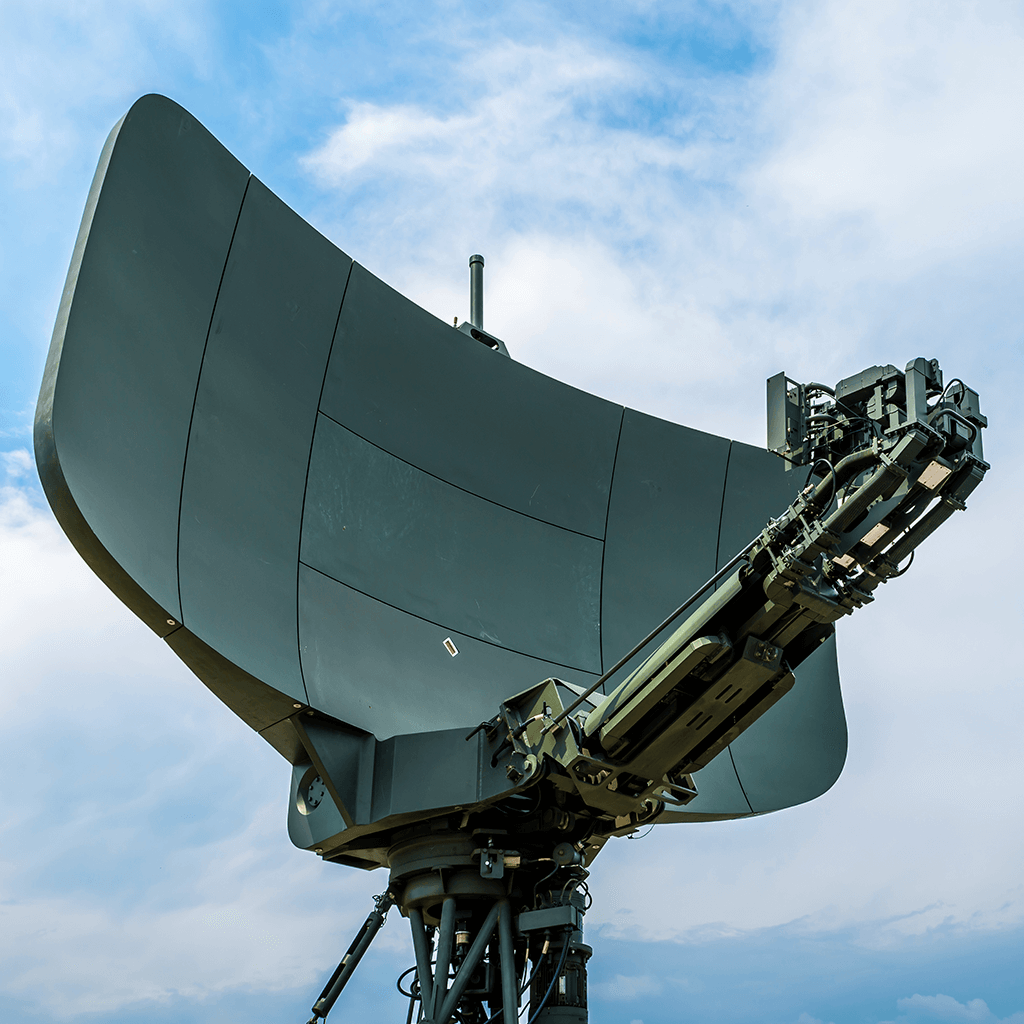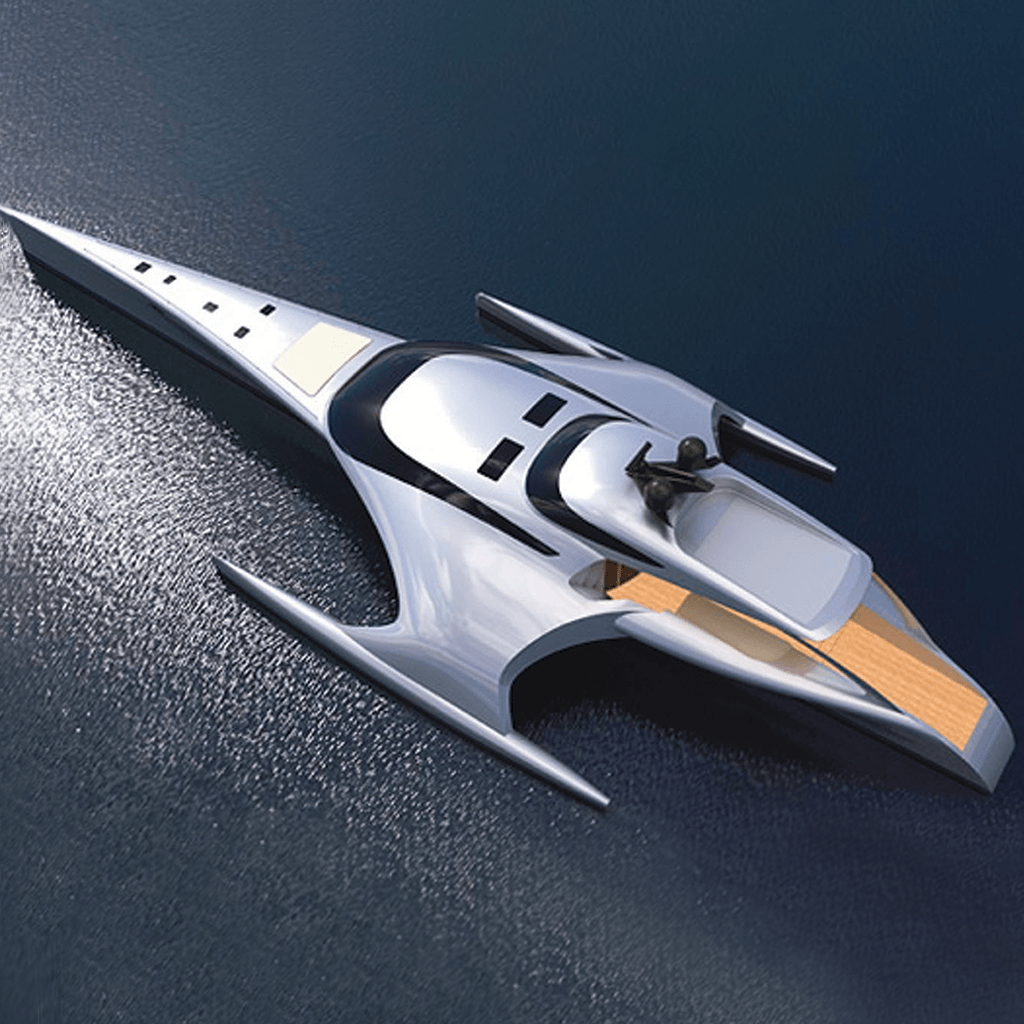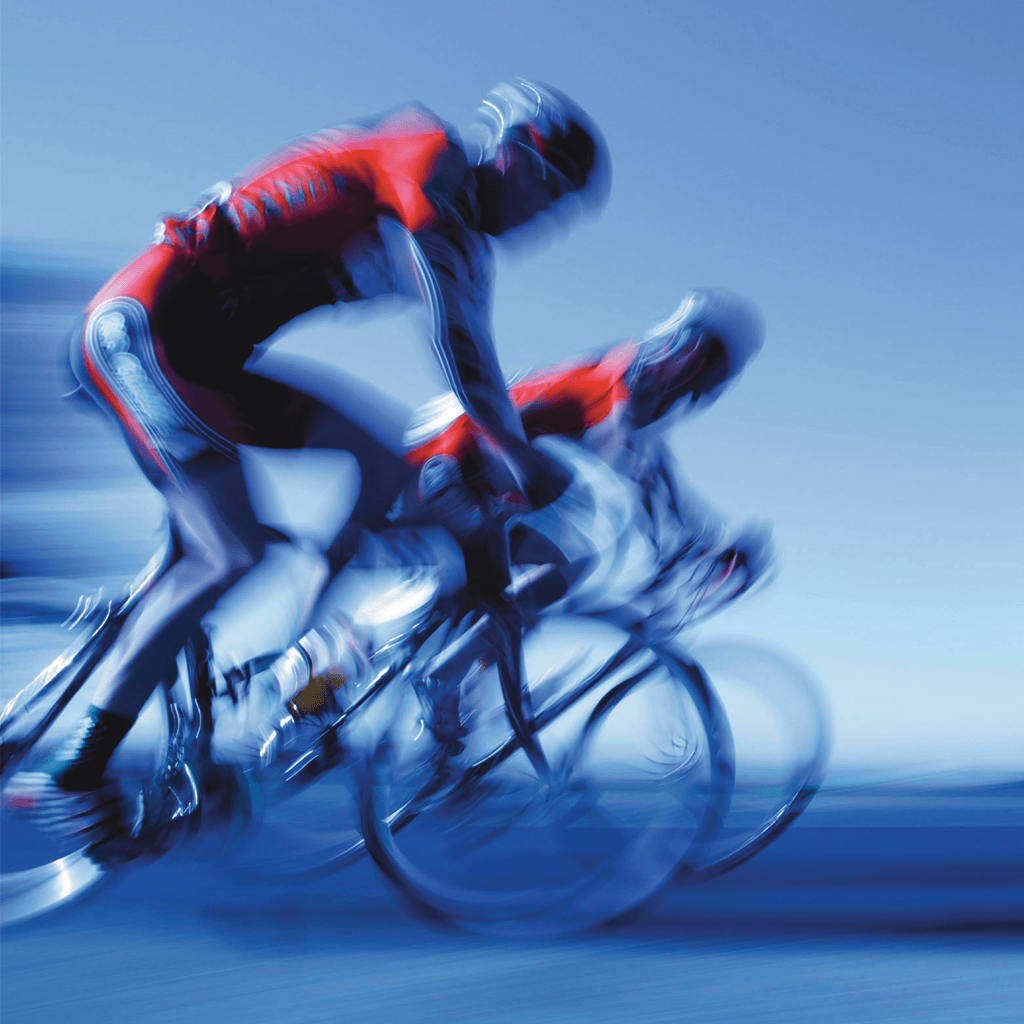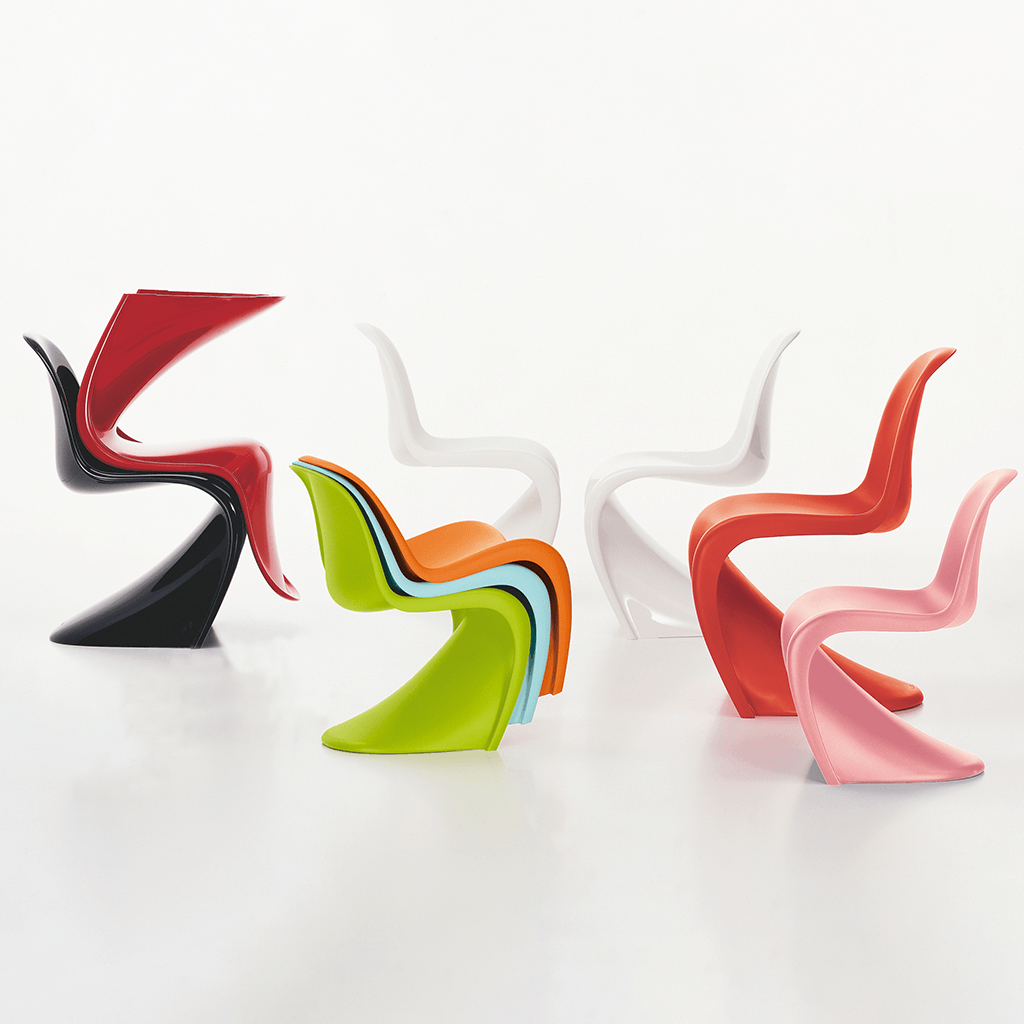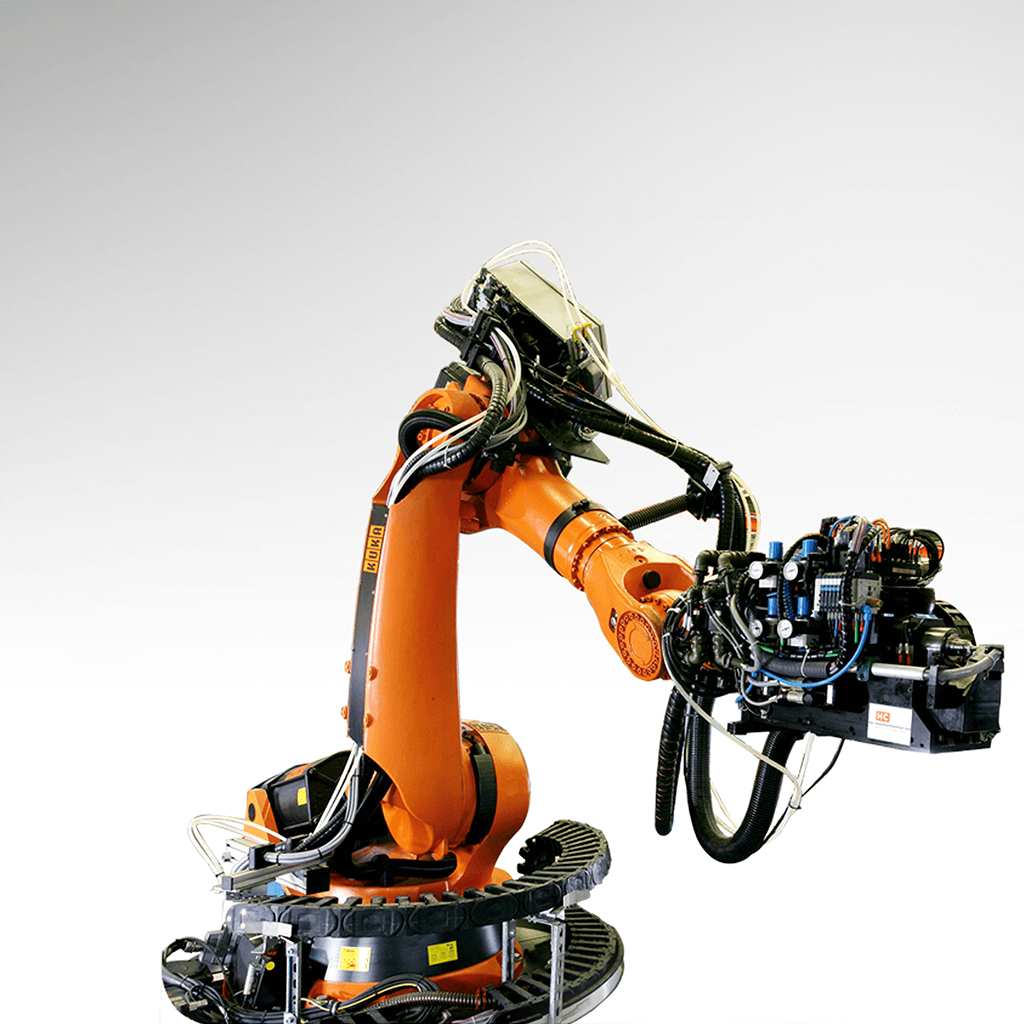[BEST OF 2023] Composites welding: characterisation and prediction of adhesion kinetics
The TACOMA device was developed to predict the quality of thermoplastic composite adhesion, considering the influence of various composites material and process parameters. It provides the aerospace industry with the key data to ensure high-quality welding. This article has been published in the JEC Composites Magazine N°149.
![[BEST OF 2023] Composites welding: characterisation and prediction of adhesion kinetics](https://www.jeccomposites.com/wp-content/uploads/2023/06/Adhesive-630x500.jpg)
Thermoplastic composite welding is based on melting the matrix and consists in joining two composite parts without adding any external material. It is a viable alternative to traditional rivet assembly, particularly in the aeronautics and aerospace industries, where it can be used to reduce aircraft weight.
While it is a promising technique, it presents scientific and technological challenges for composites due to the mere presence of fibres: surface roughness, residual stresses, low matrix volume, thermal history (inducing matrix ageing), short processing time, etc. In addition, as continuous welding processes are adjusted to become faster and faster (e.g., tape placement), the adhesion step is expected to be as short as possible (between 0.1-10 sec).
Therefore, how can strong adhesion between substrates be achieved, when thermoplastic composite welding processes accelerate? To meet this challenge, we’ve developed a unique device, the TACOMA (Thermoadhesion by conductive heating of composite materials) apparatus, in order to predict the quality of adhesion and ensure that the final composite assembly is strong.
Adhesion mechanisms
Classically, adhesion occurs as soon as the substrates are heated up above the matrix melting temperature and pressed together. Bonding quality results from the convolution of two main phenomena (Figure 1): (i) intimate contact establishment at the interface driven by the applied pressure, viscosity and geometric roughness of the substrates; (ii) healing of the interface controlled by the diffusion of polymer macromolecules and modelled by De Gennes’ reptation theory.

Mechanically, adhesion is quantified by using a non-dimensional parameter (Dh) called the degree of healing.

GIC,∞ is the strain release energy of the bulk and tw,∞ is the welding time for which mechanical properties of the bulk are reached.
Characterisation of adhesion kinetics between thermoplastic composite parts over a wide range of parameters is a prerequisite for quality prediction of manufactured end- parts. Still, it remains a challenge as the adhesion must be characterised for times representative of those forming processes.
Identification of adhesion kinetics – Experimental protocol
TACOMA apparatus, coupled with mechanical solicitation of the welded interfaces, was developed to address this issue. The welding bench was developed by the LTEN and with the funding of the IRT Jules Verne PERFORM programme. It was originally designed for welding composite parts for a finite amount of time under constant isothermal conditions.
Welding tests can be performed for times as short as 1 second under finely-controlled process parameters (time – temperature – pressure). In addition to identifying adhesion kinetics, it makes it possible to quantify the influence of the material (nature of the matrix, surface enrichment, crystallisation, thermal history of the coupons, relative fibre orientation, etc.) and process (time, temperature, pressure) parameters.
TACOMA working principle and performance
The TACOMA bench (Figure 2) is composed of a copper mould with two L-shaped symmetrical platens, one fixed and the other mobile. Samples to be welded (Figure 3) are inserted between the platens (length =125 mm; width = 25 mm) to be heated and pressed together.


It was designed so that it would control key process parameters perfectly and independently while welding high performance composites:
- Welding temperature: Electrical cartridges inserted in each platen ensure heating, while two control thermocouples embedded near the cavity surface regulate temperature. Heat transfer has been modelled to guarantee a very precise and homogeneous temperature at the welded interface. Maximum welding temperature is 400°C and can be reached at a rate of 80K/min.
- Contact pressure: Once the targeted temperature is reached at the interface, pressure is applied with the moving platen. The applied pressure ranges from 1 bar to 8 bars (max.).
- Contact time: Contact time can be adjusted on demand and can be as short as 1 second before the sample cools. The wide range makes it possible to study both intimate contact development and healing of the interface.
Afterwards, the newly welded sample is cooled rapidly to stop adhesion development. The internal mould’s cooling channels circulate water or air, so that available cooling rates range respectively from 720 K.min-1 to 15 K.min-1. By quenching, or slowly cooling the interface depending on the crystallisation kinetics of the materials studied, coupling between adhesion and crystallisation can be highlighted.
The traditional welding procedure used for kinetics identification is shown in Figure 4. After preparation and drying, the samples are positioned against each platen and the surfaces to be welded face each other, separated by a small air gap. The mould is heated up to a temperature higher than the melting temperature (1) until homogenisation occurs (2). Pressure is then applied for a finite amount of time defined as contact time tcontact (3) and the process is quickly stopped as a result of cooling with water (4). Such a cooling rate limits the development of adhesion during this stage. Therefore, the measured adhesion degree after mechanical testing is solely due to the healing that occurs during the isothermal stage.

Mechanical testing of the welded interfaces
The interface mechanical resistance of the welded specimens is classically characterizsed using a mode I (opening) test, which is the double cantilever beam (DCB) fracture test. An aluminium foil is then placed between the samples prior to welding to initiate the crack, then and the strain release energy at the crack initiation point (GIC,init) is calculated during the quasi-static displacement-imposed test.

P and δ are respectivelyis the recorded force and displacement. a0 is the initial crack length and b the width of the weld.
It should be noted that other types of mechanical characterisation can be…
Want to read the end of this article?
Subscribe now and access to the entire article published in the JEC Composites Magazine N°149.


